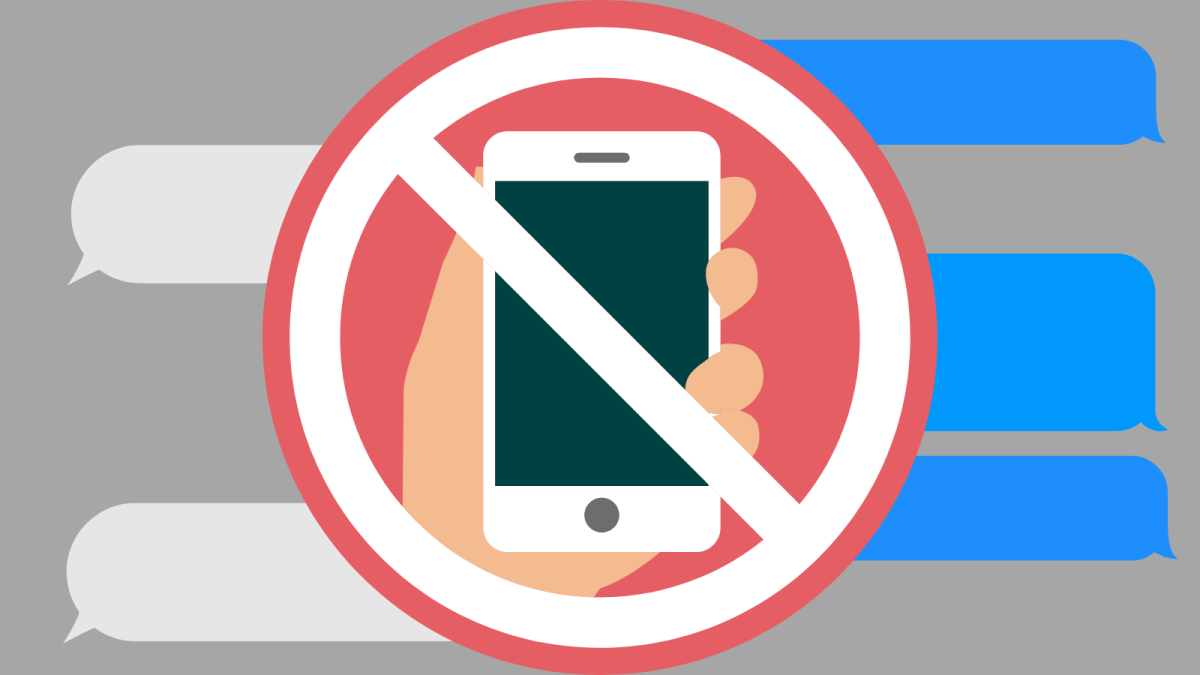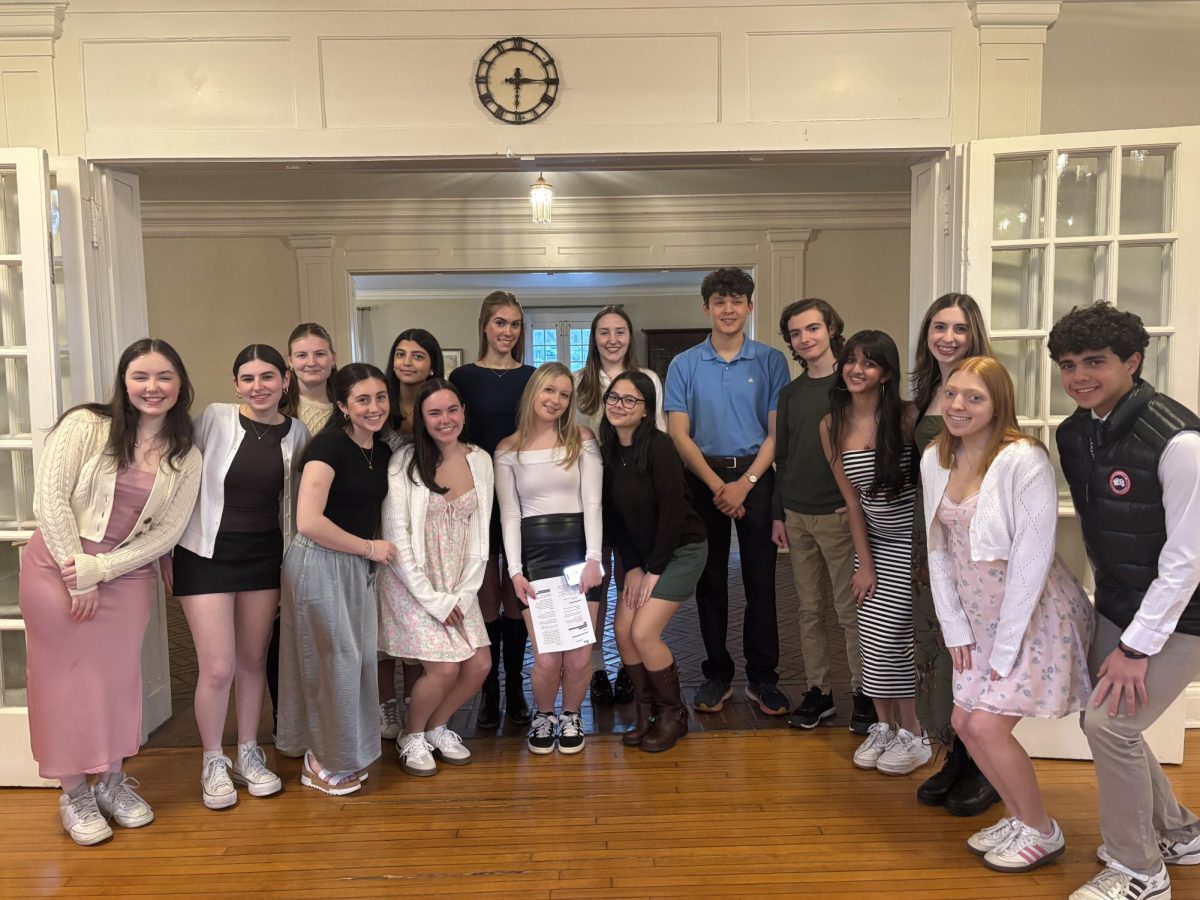One year ago, when Glen Ridge High School’s seventh-grade population still went to Ridgewood Avenue School, a good portion of the student body had received cell phones, but they were forbidden from using them at the school. While the phone policy was generally unpopular, it was not met with outright anger, nor were many students breaking the rules. This was because the rule would soon be a thing of the past, as there was no globally enforced cell phone ban at the high school. However, over the summer, the students were informed that there would be a new phone-based policy that banned students from using, looking at, or even turning on their cell phones. This policy was much more disliked than the policy at Ridgewood, likely because it came as a surprise to the student body.
“If the students had known about it before, I don’t think people would have been as angry. They could have eased into it,” comments Leo Holzepfel, a seventh-grade student.
While students resoundingly dislike the phone policy, teachers are almost all in favor of it.
“As someone who’s been teaching a long time, I’ve seen how students can be distracted by their cell phones. There’s plenty of other ways the students can engage with technology anyway,” says Mrs. Schwerin, the middle school band director.
While the phone policy is generally disliked, it may be a good thing for the middle school learning environment.
Of course, when nobody is there to enforce a law, it is not a law, and there have been many instances of students breaking the phone policy. During picture day, a large group of seventh graders took out their phones after having their pictures taken. On many occasions when a teacher was absent, students were seen taking out their phones in the cafeteria or LGI.
“I’ve seen students taking out their phones every day,” says Lucas Kelsey, a seventh grader. “Especially during study hall. There’s just no control over the phones.”
While it would be disagreeable to suggest harsh control over students’ phones, it may benefit the school system to punish students more harshly if they are caught with their phones out to further entice them to follow the rules. However, the school could also benefit from a more lenient policy.
The usage and subsequent banning of cell phones in Glen Ridge High School may have a much larger correlation with age demographics than what was initially perceived. Studies from the American Academy of Child and Adolescent Psychiatry show that most teenagers can spend up to nine hours every day on their screens, and this supports the long-prevailing notion that technology can be harmful to the modern youth. Social media seems as though it has increased the rates of mental illness, depression, and anxiety for children, and beyond that, it seems as though it is dangerously addictive.
However, a study conducted by Stanford Medicine tells a different story. The results of the study led to the resounding conclusion that children having cell phones had no significant bearing on whether they suffered from any mental illnesses or not. In general, it seems as though phone usage is not having as much of a negative impact on modern youth. This then begs the question if the phones are the problem or how they are used which dictates if students should be able to use them.




